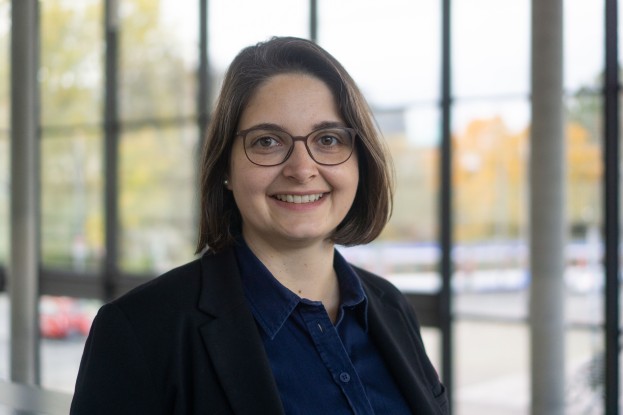Quantitative 3D Nanoscale Characterization of Materials
Electron Tomography – Data Acquisition and Quantitative Analysis
The 3D nanoscale structure of materials plays a critical role for many properties ranging from diffusion and materials transport to mechanical stability and electrical conductivity. However, a quantitative structural description of the 3D morphology is experimentally challenging and electron tomography based techniques are among the few approaches that can provide a direct real-space morphological representation that can be used as basis to understand the interplay between morphology and materials properties. We have established both FIB slice&view as well as (S)TEM tomography together with the necessary large volume image processing (alignment, 3D reconstruction, segmentation and quantification) to characterize the meso- and nanoscale morphology in 3D.
In this project, hard carbons used as electrode materials for sodium ion batteries will be studied to quantitatively analyze the 3D morphology of the meso/nano-pore structure in different hard carbons as critical input to relate morphology and electrochemical performance in terms of capacity, storage mechanism and stability.
The student will work in close collaboration with an experienced electron microscopist to acquire tomography series using a state-of-the-art transmission electron microscope. The student will learn how to align the tilt-series and be introduced to different reconstruction and (machine learning based) segmentation approaches in order to develop a 3D model of the pore structure. This includes optimization of the image processing chain to get representative 3D models, which can then be related to the electrochemical properties.
The practical work will be conducted at the KIT in Karlsruhe.
Additional Information
| Supervisor |
Prof. Dr. Christian Kübel, Dr. Di Wang |
| Availability | Spring and Summer 2025 |
| Capacity | 1 Student |
| Location | Karlsruhe |
| Credits | 18 ECTS |
| Remote Option | No |



